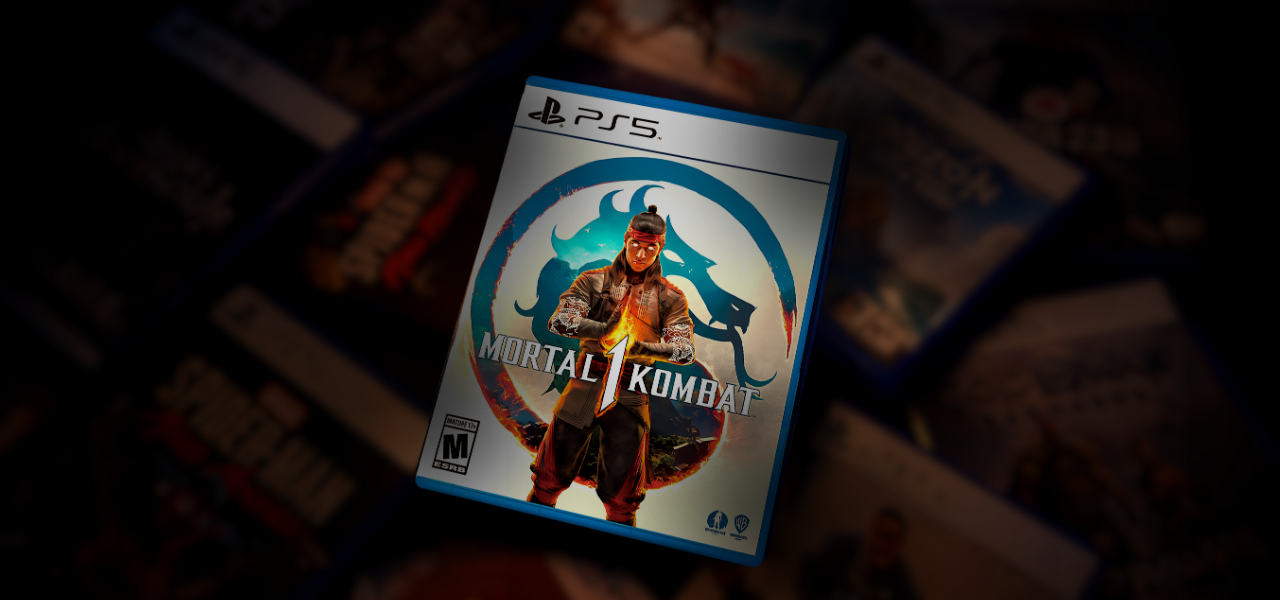Mortal Kombat 1 – A New Era of Accessibility for Blind Players
Mortal Kombat 1 is not just a reboot of the legendary fighting game series — it’s a major leap forward in accessibility, especially for gamers with special needs. NetherRealm Studios has done impressive work to make the game enjoyable and playable for everyone, including blind gamers.
Development and Storyline
The development of Mortal Kombat 1 began shortly after the release of Mortal Kombat 11: Aftermath. The team aimed to revamp the combat system, redesign animations, and create a more cinematic battle experience. One of the key innovations was the introduction of Kameo Fighters — support characters who join the main fighter during battles, enhancing tactical depth.
The game was released on September 19, 2023, on PlayStation 5, Xbox Series X/S, PC, and Nintendo Switch.
Far from being just a sequel, Mortal Kombat 1 serves as a reboot of the entire franchise. At the end of MK11, Fire God Liu Kang rewrites the timeline, crafting a new universe where characters have fresh destinies and roles.
Gameplay and Core Mechanics

While retaining its classic 2.5D fighting style, Mortal Kombat 1 introduces several new mechanics. Key gameplay features include:
- Classic combat: One-on-one fights with combos, strikes, throws, and special moves.
- Fatalities: Iconic, gory finishing moves that define the series.
- Brutalities: Alternate finishers triggered under specific conditions.
- Fatal Blows: Cinematic, high-impact attacks that crush bones and organs, available when a meter is fully charged.
New Mechanic – Kameo Fighters
Kameo Fighters are secondary characters that players can call into battle for support:
- Choose a main fighter and a separate Kameo Fighter.
- They can even join in finishers, contributing to both Fatalities and Brutalities.
Game Modes
- Story Mode: A cinematic campaign offering a fresh take on the Mortal Kombat universe, reshaped by Liu Kang.
- Towers: A classic mode where the player progresses through a series of increasingly difficult battles.
- Online Battles: Ranked and casual matches against other players.
- Invasions: A new mode with RPG elements, where the player travels across a map, completes challenges, and fights enemies. The chosen character moves across a grid-based field, similar to a board game. Each tile contains something of interest — an enemy, loot, a shop, or a special challenge.
Accessibility and Sound Design

Mortal Kombat 1 includes a wide range of accessibility settings aimed at enhancing the gameplay experience for players with various needs. The developers at NetherRealm Studios emphasized their goal to make the game accessible to everyone by removing unnecessary barriers and ensuring a comfortable gameplay environment.
Accessibility Features for Fully Blind and Visually Impaired Players
Menu Narration and Audio Cues:
The game provides audio descriptions of menus through a screen reader. It features audio cues to indicate proximity to the edge of the arena, health levels, and other parameters. There are also distinct sounds for attacks, blocks, crouching, and positioning of opponents within the arena, helping blind and low-vision players navigate the gameplay effectively.
Audio Descriptions of Cutscenes, Fatal Blows, and Fatalities:
A special feature narrates the details of fatal blows and fatalities, including even the smallest visual elements, making these iconic moments more accessible and engaging.
The story mode is packed with cinematic cutscenes, all richly described with excellent detail.
Sound Customization:
Players can individually adjust the volume levels for cutscenes, music, announcer, environment, dialogue, and sound effects. This customization allows for a highly personalized and accessible auditory experience.
Navigation Aid in Invasions Mode:
Special sound cues assist in navigating the map-grid gameplay, indicating paths toward main objectives or optional side areas.
Feeling Every Strike
The sound design in MK1 is incredibly detailed, conveying the full physicality of every impact:
- Light attacks – sharp and quick, with crisp slaps or whooshes.
- Heavy attacks – deep, with fleshy impact sounds, often accompanied by bone-crunching effects.
- Blocks and parries – metallic clangs or muffled absorption sounds that provide immediate and clear feedback.
- Fatalities – gruesome sounds of tearing flesh, snapping bones, and splashing blood, producing a chilling and vivid auditory experience. It’s so realistic you can almost see the scene through sound alone.
Ambient noises are also key—arenas come alive with crowd roars, fighter shouts, roaring flames, or magical energy if the battle is set in locations like the Fire Temple.
Soundtrack: Powerful and Epic
The music in Mortal Kombat 1 blends Eastern motifs, orchestral compositions, and modern electronic sounds:
- Combat music – dynamic and epic, complementing the battle without overwhelming combat audio. It ranges from tense orchestral pieces to heavy industrial rhythms.
- Character and arena themes – distinct and expressive, reflecting the personality of each fighter or setting. For instance, Shang Tsung’s theme carries dark tones, while Liu Kang’s is filled with heroic battle rhythms.
Conclusion
Mortal Kombat 1 is one of the most accessible fighting games to date. The developers have done an exceptional job by integrating menu narration, audio descriptions, in-fight sound cues, and customizable control settings.
Despite some controversial features—like the Kameo system—the game offers blind players a fully immersive and competitive experience.
If you’re looking for a fighting game that can be comfortably played without sight, Mortal Kombat 1 is currently one of the best options available.
